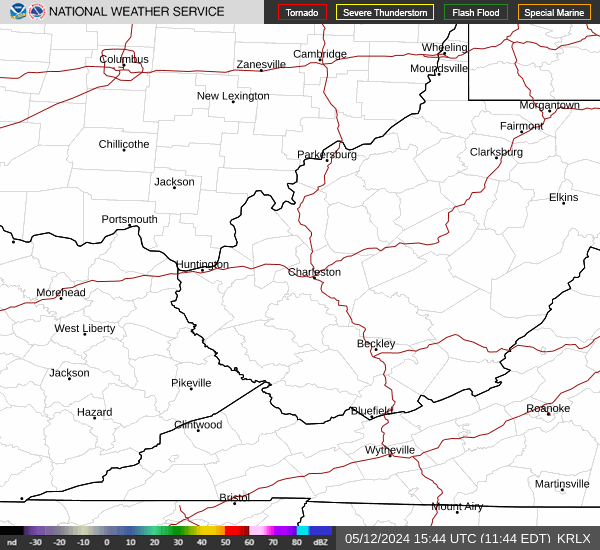Issued: 12am on Thursday, January 1st 1970
Technical Forecast Discussion
Short term (Wednesday 2/27 through Saturday 3/2)
The upper level pattern looks to remain zonal with troughing up north in Canada creating low pressure in the the northeastern extremes of the U.S. The position of high and low pressure may bring possible lake effect snow for Northern Ohio, but light cloud cover and moderate temperatures in the upper 40s look are likely for the region. There is a weak dig into the zonal pattern in the upper level patterns over the Southern U.S on Thursday. This looks to create a stationary front, but it will take another day for energy to create a pressure system out of it. Clouds look to increase in response to this as moisture is moved northward. Fronts form on the system on Friday as it continues it northern track into eastern Ohio. Athens looks to be at the point of the occluding front Friday night, which makes rain showers possible, with a small possibility of mix occurring. A upper level trough will move over the region Sunday behind the system that helps carry moisture until late Saturday, making showers possible through the day.
Long term (Sunday 3/3 through Tuesday 3/5)
Upper level troughing slowly digs and brings down colder air as highs are around the mid 30s. With the combination of ascent from being downstream of the trough and the influx of moisture following the flow, conditions for precip development are favorable. A mix of rain and snow is possible for Sunday with models favoring snow as Southeast Ohio looks to be in the northwest sector of the system. Developing ridging in the Central Plains will create high pressure that moves eastward. By mid-Monday conditions should clear out, but remain cold as the trough remains over the area bringing down colder air from Canada. Ridging will continuing to strengthen as the trough moves off the eastern coast of the U.S. This should prolong clear conditions and possibly bring some WAA as warmer air moves north and trapped moisture could insulate the lower levels




